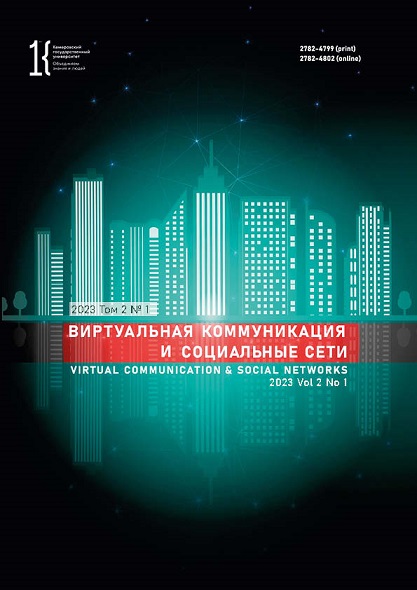Pisa, Italy
The article discusses the issues of saving articulatory efforts and related cognitive costs. The research relied on Western studies that link some phonetic changes to the desire of communicants to reduce articulatory efforts in the process of voicing speech segments. This desire is connected with the need to optimize the language system. Communicants try to simplify complex articulations and get rid of sounds that require significant muscular efforts of speech organs, thus changing the language system. The paper introduces examples of how some linguistic units are used in everyday speech and how these units are simplified due to the high frequency of their use. The author comes to the conclusion that frequency generates careless articulation while maintaining effective communication. The reasons for simplified articulation should be sought primarily at the deep level of the generation of primary semantic recording, i.e., in cognition, and not in the muscular work of the speech apparatus. If language is a tool that shapes a product of mental activity, the answers to the questions of language transformations should be sought directly in the cognitive sphere.
simplification of articulation, saving articulation efforts, saving manual efforts, cognitive linguistics, Italian language, everyday speech
1. Golev N. D. Codes of modern written communication: acoustic-auditory vs. manual-visual. Vestnik Kemerovskogo gosudarstvennogo universiteta, 2021, 23(4): 1024–1031. (In Russ.) https://doi.org/10.21603/2078-8975-2021-23-4-1024-1031 EDN: https://elibrary.ru/MGPVTT
2. Rozova O. G., Lysakova I. P., Khrymova M. B., Khrymova M. B., Kanskii A. Yu., Ostovich E. N., Martinovich G. A., Fedorova N. A., Lobova Yu. B., Matveeva T. N., Harchenkova L. I., Aleksandrova A. N., Rogozhina N. O., Zaitseva S. V., Dymarsky M. Y., Ivanov M. P., Filimonova T. A., Vasilieva G. M., Usha T. Yu., Vishnyakova S. A., Zhelezniakova E. A. Russian applied stylistics for non-native Russian speakers. Moscow: Russkiy yazyk. Kursy, 2007, 165. (In Russ.) https://elibrary.ru/vqhjpr
3. Solganik G. Ya., Dronyaeva T. S. The style and culture of the Russian language. 6th ed., rev. Moscow: Academia, 2012, 256. (In Russ.) https://elibrary.ru/qxbyov
4. Shcherba L. V. The threefold aspect of linguistic phenomena and the experiment in linguistics. The language system and speech activity. Leningrad: Nauka, 1974, 24–39. (In Russ.)
5. Gobber G., Morani M. Linguistica generale. Milan: McGraw-Hill Education, 2010, 304.
6. Martinet A. Economia dei mutamenti fonetici, trattato di fonologia diacronica. Turin: Einaudi, 1955, 358.
7. Napoli M. Linguistica diacronica. Rome: Carocci, 2019, 147.
8. Sapir E. Il linguaggio. Torino: Einaudi, 1969, 228.
9. Zipf K. G. Human behavior and the principle of least effort. Cambridge, Addison-Wesley Press, 1949, 573.















